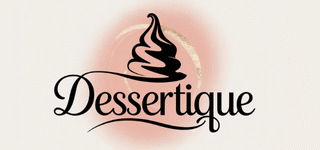For as long as I can remember, chocolate has been my go-to comfort food, my celebration treat, and sometimes (let’s be honest) my breakfast. That rich, complex flavor that simultaneously satisfies and makes you crave more isn’t just delicious—it’s actually a fascinating chemical symphony happening right on your taste buds!
When my college roommate was studying food science, she’d always bring home these amazing chocolate experiments she was working on. I was kinda jealous that she got to call eating chocolate “homework,” but it sparked my own obsession with understanding why this treat has such a powerful hold on us.
The Science Behind Our Chocolate Obsession
Let’s get into the nitty-gritty of why chocolate makes our brains go wild. It’s not just about the sugar—although that definitely plays a role. Chocolate contains over 300 chemical compounds, and many of them affect our mood, energy levels, and even our love lives (more on THAT later 😉).
The Happy-Making Molecules
Chocolate contains several compounds that trigger the release of neurotransmitters—basically the chemicals our brains use to communicate feelings of happiness and pleasure:
- Phenylethylamine (PEA): Often called the “love drug,” this is the same chemical your brain produces when you’re falling in love. No wonder chocolate and Valentine’s Day go together!
- Theobromine: This cousin of caffeine gives you that mild stimulant effect without the jitters. Its actually where chocolate gets its scientific name, Theobroma cacao, which literally means “food of the gods.” And honestly, that sounds about right to me.
- Anandamide: This naturally-occurring chemical activates the same receptors as THC (the active ingredient in marijuana), though in much smaller amounts. It’s nicknamed the “bliss molecule” and contributes to that sense of euphoria.
- Tryptophan: This amino acid helps your body make serotonin, one of the main feel-good neurotransmitters. Low serotonin is linked to depression, which might explain why we reach for chocolate when were feeling down.
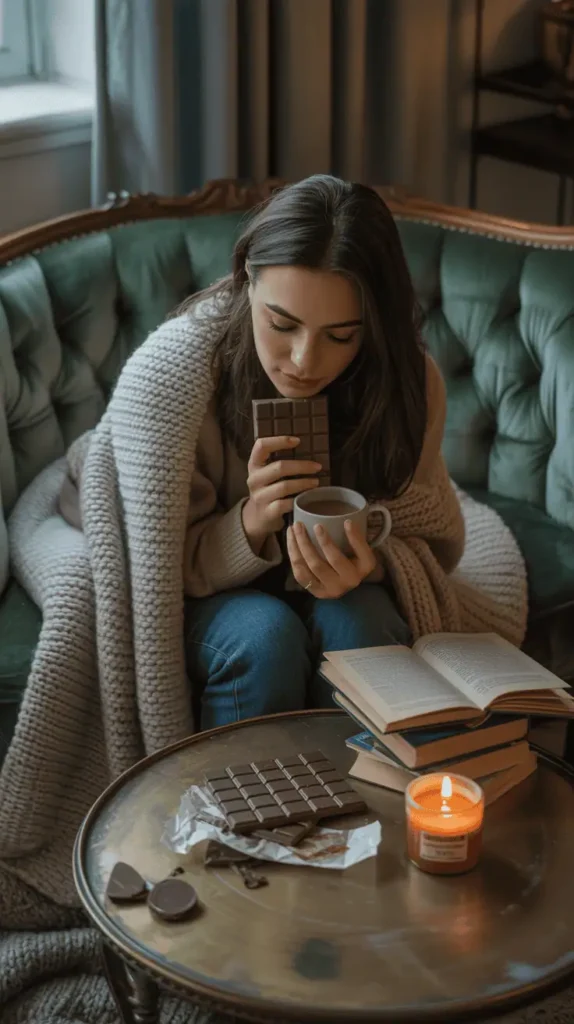
I remember during my worst breakup (thanks for nothing, Jake), I literally ate an entire bag of dark chocolate chips while watching sad movies. My roommate found me surrounded by the empty bag and chocolate smudges on my face. Instead of judging me, she just said, “Your brain is literally self-medicating right now.” NOT that I recommend this approach, but there was definately some science behind my chocolate therapy session!
The Mouthfeel Magic: Why Chocolate Melts Perfectly
One of the most satisfying things about chocolate is the way it melts in your mouth. That’s not an accident—it’s chemistry at work!
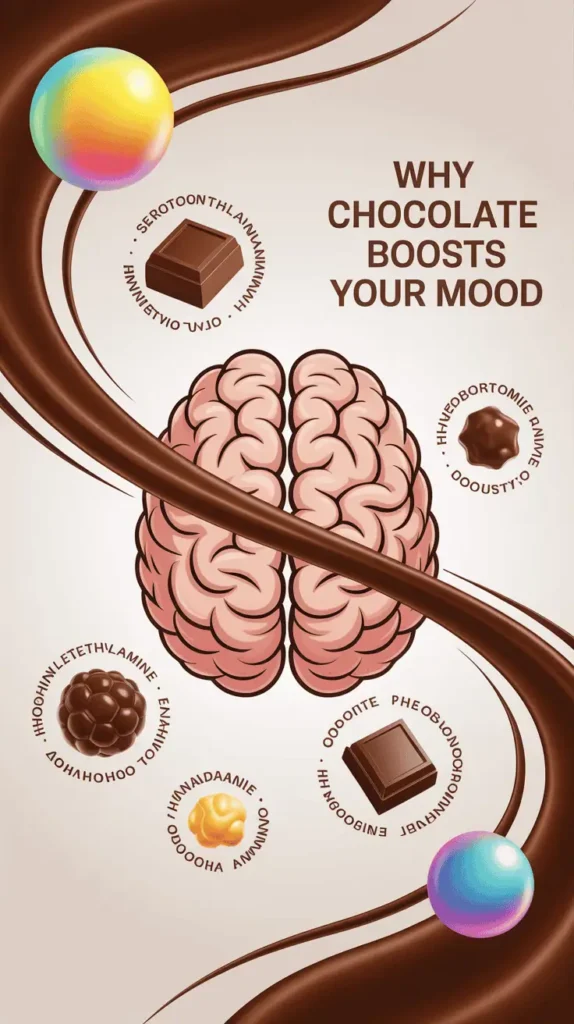
Cocoa butter, which gives chocolate its smooth texture, has a melting point of about 93°F (34°C). Human body temperature is around 98.6°F (37°C), which means chocolate is literally designed to melt at exactly mouth temperature. This creates that incredible sensation when a piece of chocolate transforms from solid to silky liquid on your tongue. No other food does this quite the same way, which is part of what makes the chocolate experience so unique and addictive.
I once tried making chocolate truffles during a heatwave without air conditioning (bad idea, I know). By the time I finished rolling them, they were basically just chocolatey soup all over my hands. I still ate the mess tho—melted chocolate is still chocolate! 🍫
Dark, Milk, or White: The Chemistry of Chocolate Types
Not all chocolate is created equal, and the differences go way beyond just taste preferences. Their actually completely different in terms of their chemical makeup and health benefits.
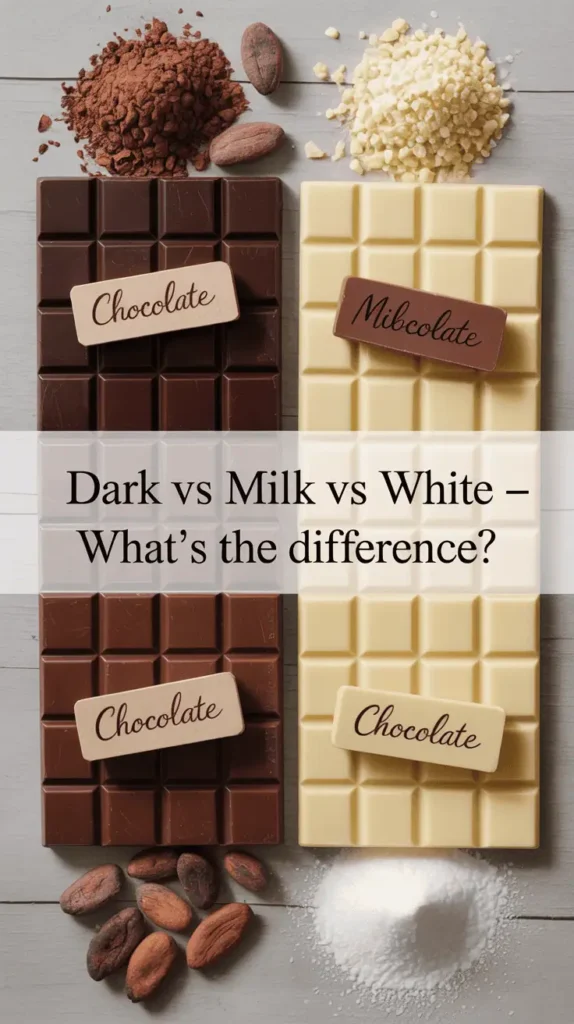
Dark Chocolate: The Antioxidant Powerhouse
Dark chocolate contains the highest percentage of cocoa solids, which means it has the most flavanols—those powerful antioxidants that everyone’s talking about. These compounds help fight oxidative stress in your body and have been linked to improved heart health, better blood flow, and even enhanced cognitive function.
The higher the percentage of cacao, the more health benefits (and usually the less sugar). But there’s a trade-off between health benefits and taste for many people. I personally love a good 70% dark chocolate—it’s my sweet spot between bitter and sweet. When I was in Ecuador a few years back, I tried a local 85% cacao bar that changed my LIFE. It had these incredible fruity notes I’d never tasted in chocolate before!
Milk Chocolate: The Comfort Food Classic
Milk chocolate contains less cocoa solids (usually around 10-40%) and includes milk powder or condensed milk. This gives it that creamy, smooth texture that many people prefer.
While it has fewer antioxidants than dark chocolate, milk chocolate still contains some beneficial compounds. Plus, the added milk provides calcium and protein. It’s not a health food by any stretch, but you’re getting a little nutritional boost along with your treat.
I grew up on Hershey’s bars, and even though my palate has gotten more “sophisticated” over the years (or so I like to tell myself), theres still something nostalgic about that specific milk chocolate taste. It reminds me of summer camp and making s’mores around the fire.
White Chocolate: The Sweet Outlier
Technically, white chocolate isn’t chocolate at all since it doesn’t contain any cocoa solids—just cocoa butter mixed with sugar, milk solids, and vanilla. That means it has none of the antioxidant benefits of dark or milk chocolate.
But that doesnt mean it doesnt have its place! White chocolate has this creamy, buttery richness that can be absolutely divine in certain desserts. My sister makes these incredible white chocolate raspberry cheesecake bars that I could literally eat until I’m sick. And I have. Multiple times. No regrets.
🍫 Chocolate Chemistry Cheat Sheet
Want to know what makes chocolate so irresistible? This printable cheat sheet breaks down the science behind every delicious bite. Perfect for chocolate lovers, foodies, and curious minds alike.
- 🧠 Mood-Boosting Compounds: Learn how serotonin, theobromine, phenylethylamine, and anandamide create feel-good reactions in your brain.
- 🔥 Melting Point Magic: Why chocolate melts on your tongue (but not in your hand)—a perfect match to body temperature.
- 🌿 Flavanol Benefits: Discover how antioxidants in dark chocolate can help your heart, brain, and mood.
- 🍫 Chocolate Types: Dark, milk, or white? Compare % cacao content, ingredients, and benefits at a glance.
Print it. Pin it. Keep it on your fridge!
The Surprising Health Benefits (Yes, Really!)
For years, chocolate was considered purely a guilty pleasure, but research has revealed that dark chocolate in particular offers some legitimate health benefits. Just don’t use this as an excuse to eat a whole chocolate cake, k? (Although I’ve definately done that too lol)
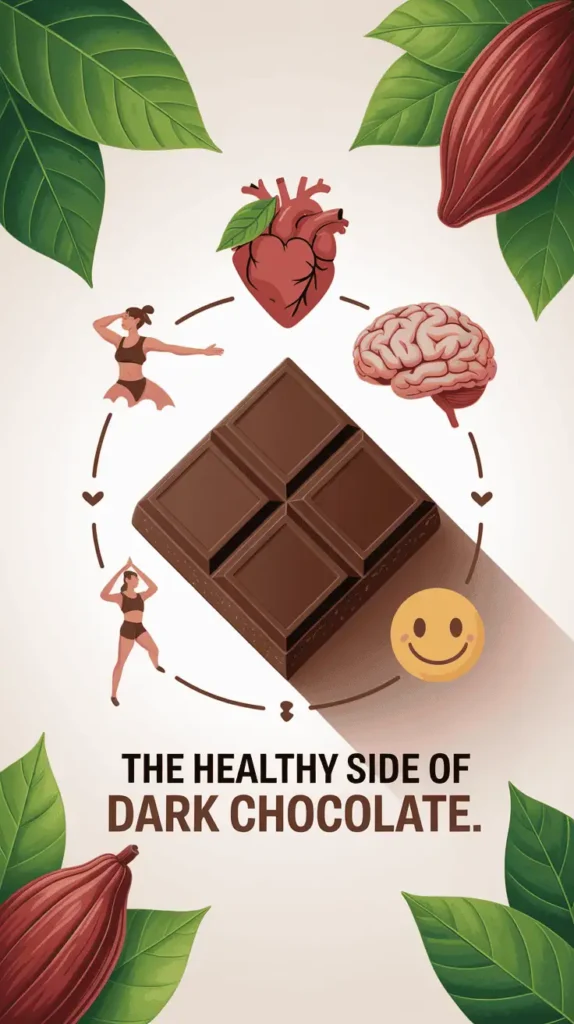
Heart Health Hero
Multiple studies have shown that the flavanols in dark chocolate can improve blood flow, lower blood pressure, and reduce the risk of heart disease. One study found that eating dark chocolate five times a week lowered the risk of heart disease by a whopping 57%!
When my dad was diagnosed with high blood pressure, his doctor actually recommended he eat a small square of dark chocolate daily along with his other dietary changes. At first, he thought the doctor was joking—”prescription chocolate” seemed too good to be true! But it was legitimate medical advice, and now it’s his favorite part of his health routine.
Brain Booster
The flavanols in chocolate also increase blood flow to the brain, which may improve cognitive function and potentially reduce the risk of neurodegenerative diseases. Some research has shown that dark chocolate consumption can improve memory, attention, and problem-solving skills.
I got into the habit of having a small piece of dark chocolate before big exams in college. Maybe it was placebo effect, but I swear it helped me focus better. Plus, it was a delicious pre-test ritual that calmed my nerves.
Mood Enhancer
This one probably doesn’t surprise anyone who’s ever reached for chocolate after a bad day. The compounds in chocolate can trigger the release of endorphins and boost serotonin levels, which may help alleviate symptoms of depression and anxiety.
My personal experience definitely confirms this. When I’m stressed or sad, chocolate helps—not just because of the emotional comfort of a favorite treat, but bcuz there’s actual chemistry at work. Science gives us permission to self-medicate with chocolate sometimes! (In moderation, of course.)
How to Taste Chocolate Like a Pro
Did you know that properly tasting chocolate is kinda like wine tasting? There’s a whole methodology to it that can help you appreciate chocolate on a deeper level. I learned this at a chocolate tasting workshop in San Francisco, and it completely changed how I enjoy chocolate.

Here’s my step-by-step guide based on what I learned:
- Look at the chocolate. It should have a glossy surface and even color. If its dull or has white streaks (called “bloom”), it might have been stored improperly or be older.
- Smell it before tasting. Cup it in your hands to warm it slightly and release the aromas. Good chocolate can have notes of fruits, flowers, spices, or even wood.
- Break a piece. Quality chocolate should snap cleanly, not bend or crumble. The snap is from properly tempered cocoa butter crystals.
- Let it melt on your tongue. Don’t chew it right away! Place the piece on your tongue and let it melt naturally. This is where you’ll discover all those complex flavors.
- Pay attention to the mouthfeel. Is it smooth and creamy or grainy? Does it leave a waxy coating in your mouth? (That’s a sign of lower-quality chocolate with added fats.)
- Notice the finish. After the chocolate has melted, what flavors linger? Good chocolate has a long, pleasant aftertaste.
I tried this method at a dinner party once, guiding my friends through a tasting of chocolates from different regions. My friend Jake (not the ex lol) was super skeptical at first and kept making fun of me for being pretentious. But halfway through, he was the one detecting “hints of cherries and tobacco” in the Venezuelan chocolate! Now he’s more obsessed with fine chocolate than I am.
🍷🍫 Chocolate Pairing Guide
Take your chocolate experience to the next level with this flavor pairing chart. Whether you’re planning a tasting night or just indulging smart, these combos are backed by flavor chemistry and experience.
| 🍫 Chocolate Type | 🥂 Best Pairings |
|---|---|
| 70% Dark Chocolate | Aged gouda, red wine (Cabernet), espresso, raspberries |
| Milk Chocolate | Brie, hazelnut coffee, strawberries, port wine |
| White Chocolate | Raspberries, lemon zest, champagne, soft cheeses |
| Dark Chocolate with Sea Salt | Blue cheese, salted almonds, sherry, caramel latte |
| Chocolate with Chili | Goat cheese, bold red wine (Syrah), mango, smoky mezcal |
Perfect for tastings, gifting, and gourmet nights.
The Chocolate-Making Process: From Bean to Bar
Understanding how chocolate is made gives you a whole new appreciation for that bar in your hand. The journey from cacao tree to chocolate bar is long and complex, with each step affecting the final flavor.
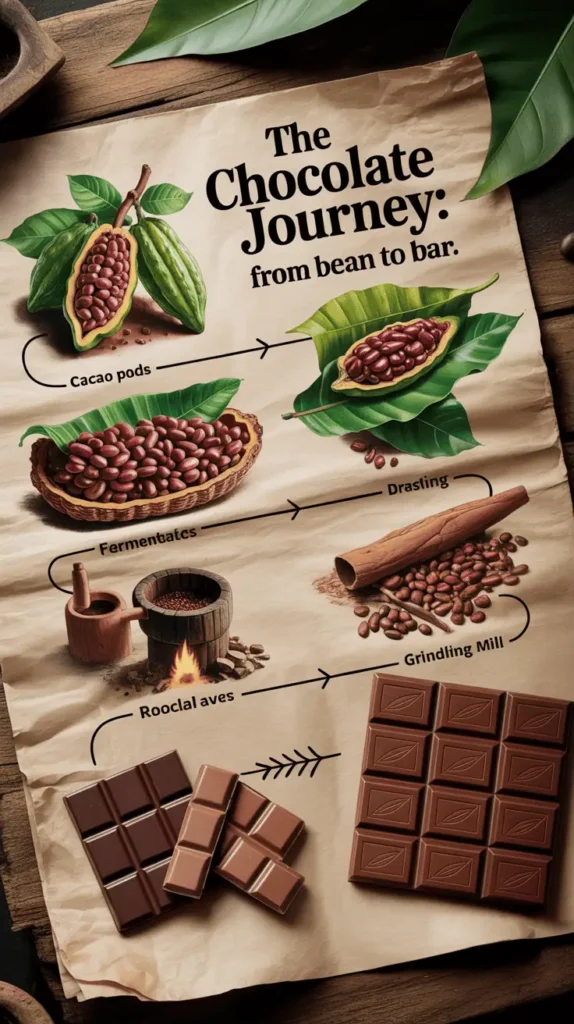
Growing and Harvesting
Cacao trees grow in a narrow band around the equator, primarily in West Africa, South and Central America, and parts of Asia. The trees produce large pods that contain cacao beans surrounded by a sweet, white pulp.
Harvesting is still done largely by hand because the pods grow directly from the trunk and major branches of the tree. Farmers carefully cut the pods with machetes, being careful not to damage the tree.
I got to visit a cacao farm in Costa Rica a few years ago, and it was FASCINATING. The farmer let us taste the raw pulp surrounding the beans—it was sweet and tangy, nothing like chocolate at all! Then he showed us these wooden fermentation boxes where the magic starts to happen. The smell was intense—kind of like really strong vinegar mixed with fruit.
Fermentation: Where Flavor Begins
After harvest, the beans and pulp are placed in boxes or piled on banana leaves and allowed to ferment for 2-7 days. This crucial step begins to develop the chocolate flavor and reduces bitterness.
During fermentation, the pulp breaks down, the temperature rises, and various chemical reactions transform the beans. Without this step, chocolate as we know it wouldn’t exist.
Drying and Cleaning
After fermentation, the beans are dried in the sun for several days to reduce moisture content and prevent mold growth. Then they’re cleaned to remove any remaining pulp, twigs, or other debris.
Roasting: Developing Deep Flavor
Roasting is where the iconic chocolate aroma really develops. The beans are roasted at temperatures between 210-290°F (100-140°C) for varying amounts of time, depending on the desired flavor profile.
I tried home-roasting cacao beans in my oven once. The aroma was heavenly, but I didn’t realize how much smoke it would create! My smoke alarm went off, my neighbors came knocking, and I had some explaining to do. “Sorry, just making chocolate from scratch!” sounds more eccentric than I intended. But the resulting chocolate was worth the embarrassment!
Cracking and Winnowing
After roasting, the beans are cracked open and the shells are separated from the nibs (the meat of the bean) in a process called winnowing. The nibs contain about 50% cocoa butter and are the essence of chocolate flavor.
Grinding and Conching
The nibs are ground into a thick paste called chocolate liquor (which, despite the name, contains no alcohol). This can be separated into cocoa solids and cocoa butter, or used whole to make chocolate.
Conching is a prolonged mixing process that further develops flavor and creates a smooth texture. It can last anywhere from a few hours to several days, with longer conching generally resulting in smoother chocolate.
I toured a small-batch chocolate factory last year where they had these massive granite rollers continuously mixing the chocolate. The chocolatier told me they conch their premium dark chocolate for 72 hours straight! The patience involved in making really good chocolate is mind-blowing.
Tempering: The Final Challenge
Tempering is the process of precisely heating, cooling, and reheating chocolate to stabilize the cocoa butter crystals. Properly tempered chocolate has a glossy appearance, firm texture, and that satisfying snap when you break it.
If you’ve ever melted and re-hardened chocolate at home and found it looked dull or had a weird texture, that’s because it wasn’t tempered. Getting this step right is HARD. I’ve tried tempering chocolate at home multiple times, and it’s seriously finicky—the temperature has to be so precise!
My biggest tempering disaster was when I tried to make chocolate-dipped strawberries for a date night. I got distracted by a phone call, the chocolate overheated, and I ended up with a seized, grainy mess. We ended up eating ice cream instead, but I’m still salty about that failed chocolate adventure.
Using Chocolate in Cooking: Beyond the Candy Bar
As much as I love eating chocolate straight up, incorporating it into recipes can take your culinary game to the next level. Here are some of my fave ways to use chocolate in cooking:
The Sweet Side
- Add chopped dark chocolate to banana bread batter for an elevated breakfast treat
- Sprinkle cocoa nibs over oatmeal or yogurt for a healthy chocolate fix
- Make hot chocolate from scratch (way better than packets!)
- Dip fresh fruit in melted chocolate for an easy, impressive dessert
The Surprising Savory Side
Most Americans don’t realize that chocolate has amazing applications in savory cooking too! Some of my fave unexpected uses:
- Add a square of dark chocolate to chili for depth (an old Mexican trick)
- Mix cocoa powder into dry rubs for meat—especially good with beef or lamb
- Make a mole sauce with chocolate, chilies, and spices for chicken
- Add a tiny bit of dark chocolate to tomato-based pasta sauces
I impressed the heck out of my in-laws with a chocolate-infused beef stew last winter. My mother-in-law kept trying to guess the “secret ingredient” and was shocked when I revealed it was dark chocolate. She’s been adding it to her stews ever since!
The Ethical Side of Chocolate
I can’t write an honest article about chocolate without addressing some of the serious issues in the industry. Unfortunately, chocolate production isn’t always as sweet as the end product.
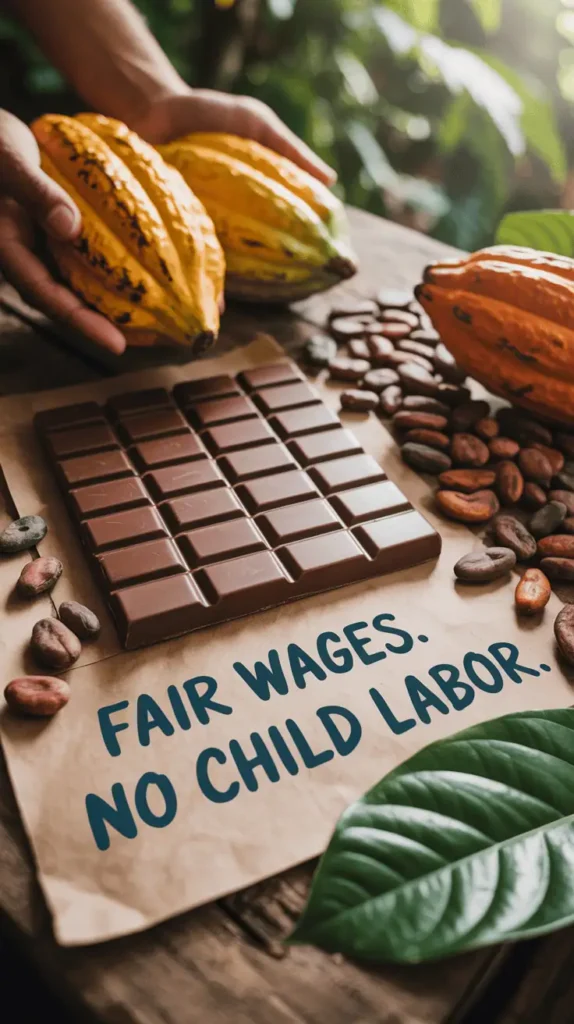
The Labor Problem
Much of the world’s cocoa is grown in West Africa, where child labor and even forced labor have been documented problems. Children as young as 5 years old have been found working on cacao farms, often in dangerous conditions.
When I first learned about this, I felt so guilty about my chocolate addiction. But rather than giving up chocolate entirely, I decided to be more mindful about where my chocolate comes from. Many companies are working to source their cacao ethically, and supporting them encourages better practices across the industry.
Environmental Concerns
Traditional cacao farming can contribute to deforestation as forests are cleared for plantations. However, cacao can also be grown sustainably in agroforestry systems that preserve tree cover and provide habitat for wildlife.
📥 Download the Printable Ethical Chocolate Guide
Want to keep this info handy for shopping or share it with friends? This beautifully designed one-page guide gives you everything you need to make better chocolate choices.
- ✔️ The full checklist to spot ethical chocolate
- ✔️ Quick comparison of top brands
- ✔️ Bonus: Chocolate + sustainability facts
(It’s free, printable, and sharable!)
Making Better Choices
Here’s what I do to enjoy chocolate more ethically:
- Look for fair trade or direct trade certifications, which ensure farmers receive fair compensation
- Support companies that are transparent about their sourcing
- Be willing to pay a bit more for chocolate that’s produced responsibly
- Research brands’ sustainability practices
Some of my favorite ethical chocolate brands are Equal Exchange, Tony’s Chocolonely, and Alter Eco. They might cost a bit more than mainstream chocolate, but the peace of mind is worth it—plus, they generally taste better too! When chocolate is made with care from the beginning, you can really taste the difference.
Storing Chocolate Properly: Mistakes I’ve Made So You Don’t Have To
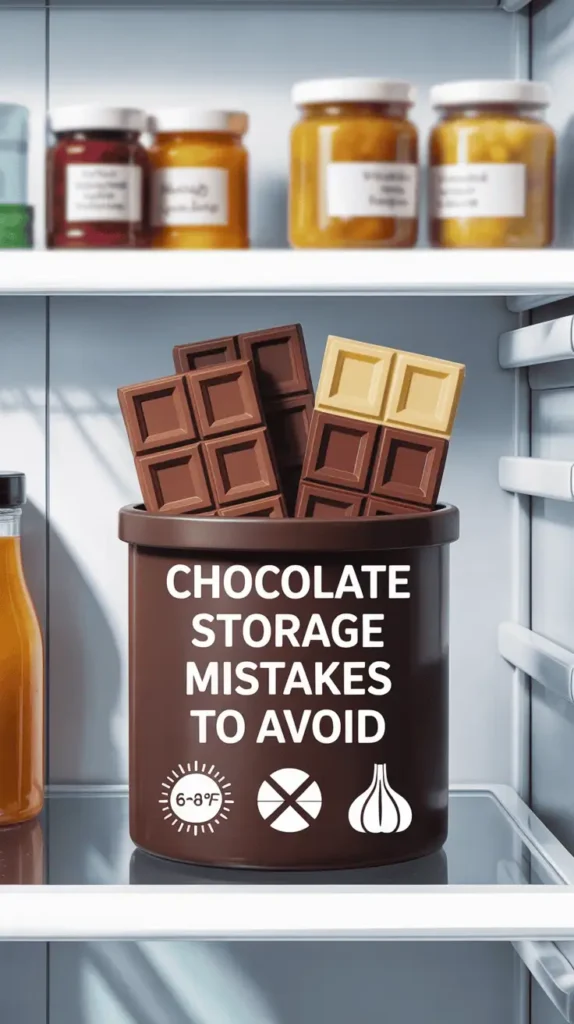
Proper storage can make a huge difference in how long your chocolate lasts and how good it tastes. Here are some tips I’ve learned (sometimes the hard way):
- Keep it cool but not cold: Chocolate should be stored at 65-68°F (18-20°C). Refrigeration can cause “sugar bloom,” those weird white spots that form on the surface.
- Avoid humidity: Moisture is chocolate’s enemy. Store it in a dry place, away from steam or water.
- Protect from strong odors: Chocolate absorbs odors easily. I once stored some premium chocolate bars next to a bag of garlic, and let me tell you—garlic-infused chocolate is NOT a culinary breakthrough.
- Shield from light: Direct sunlight can cause the fat in chocolate to separate and create a whitish film.
- Wrap it right: Keep chocolate tightly wrapped in its original packaging or aluminum foil, then place it in an airtight container.
I learned about proper storage after finding a forgotten bar of expensive chocolate in my glove compartment during summer (don’t ask why it was there). It had completely melted and re-solidified into this weird, grainy mess. Such a waste of good chocolate! Now I’m super careful about storage—I actually have a dedicated “chocolate drawer” in my kitchen that stays cool and dry.
Conclusion: Embracing Our Chocolate Love Affair
The chemistry of chocolate explains why this treat has captivated humans for thousands of years. From the perfect melting point to the mood-boosting compounds, chocolate is truly a marvel of natural chemistry that our bodies and brains are designed to appreciate.
Understanding the science behind chocolate doesn’t make it any less magical—if anything, it deepens my appreciation for this extraordinary food. The complex journey from tropical fruit to tempered bar, the hundreds of chemical compounds that create that distinctive aroma and flavor, the precise crystalline structure that gives it that perfect snap…it’s all pretty mind-blowing when you think about it.
So the next time you unwrap a piece of chocolate, take a moment to appreciate the incredible science happening as it melts in your mouth. Your enjoying thousands of years of human innovation and natures perfect flavor chemistry all in one delicious bite.
Btw, I almost forgot to mention one of my fave chocolate hacks! If you’ve got chocolate that’s “bloomed” (has those whitish streaks on it from temperature changes), don’t throw it out! It’s still perfectly fine to eat, or you can melt it down for baking. Also, if your trying to be a bit healthier but still need your chocolate fix, try keeping really good dark chocolate in the freezer and shaving off small amounts with a vegetable peeler. The thin shavings melt immediately on your tongue, giving you that full chocolate experience with a much smaller portion. My nutritionist actually recommended this trick to me, and it’s been a game-changer for satisfying cravings without going overboard. And one last thing—chocolate pairs AMAZINGLY with certain cheeses (especially aged gouda or blue cheese with dark chocolate). Sounds weird but trust me on this one! It’s my go-to fancy app when I’m trying to impress guests at dinner parties. 😊
